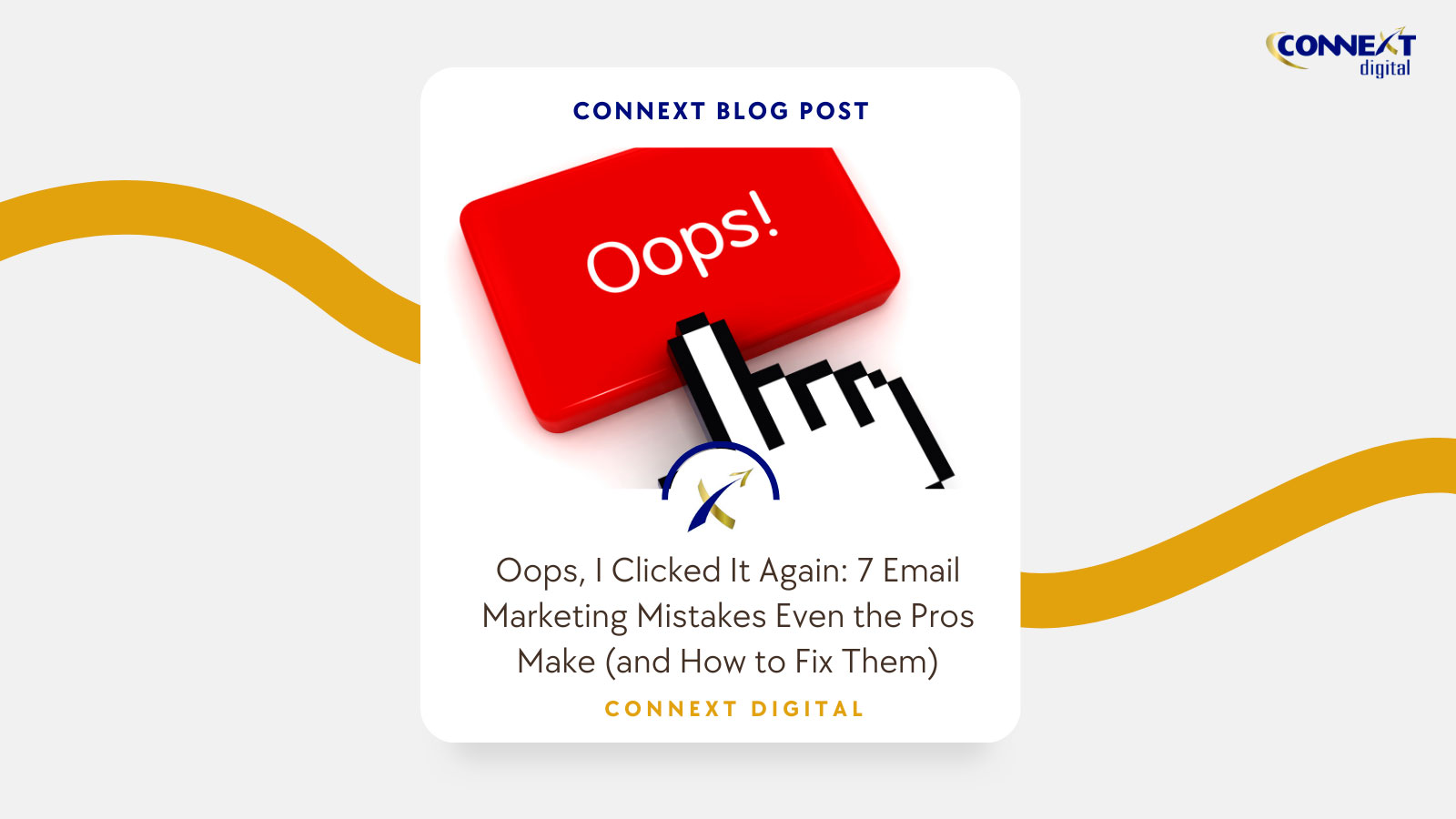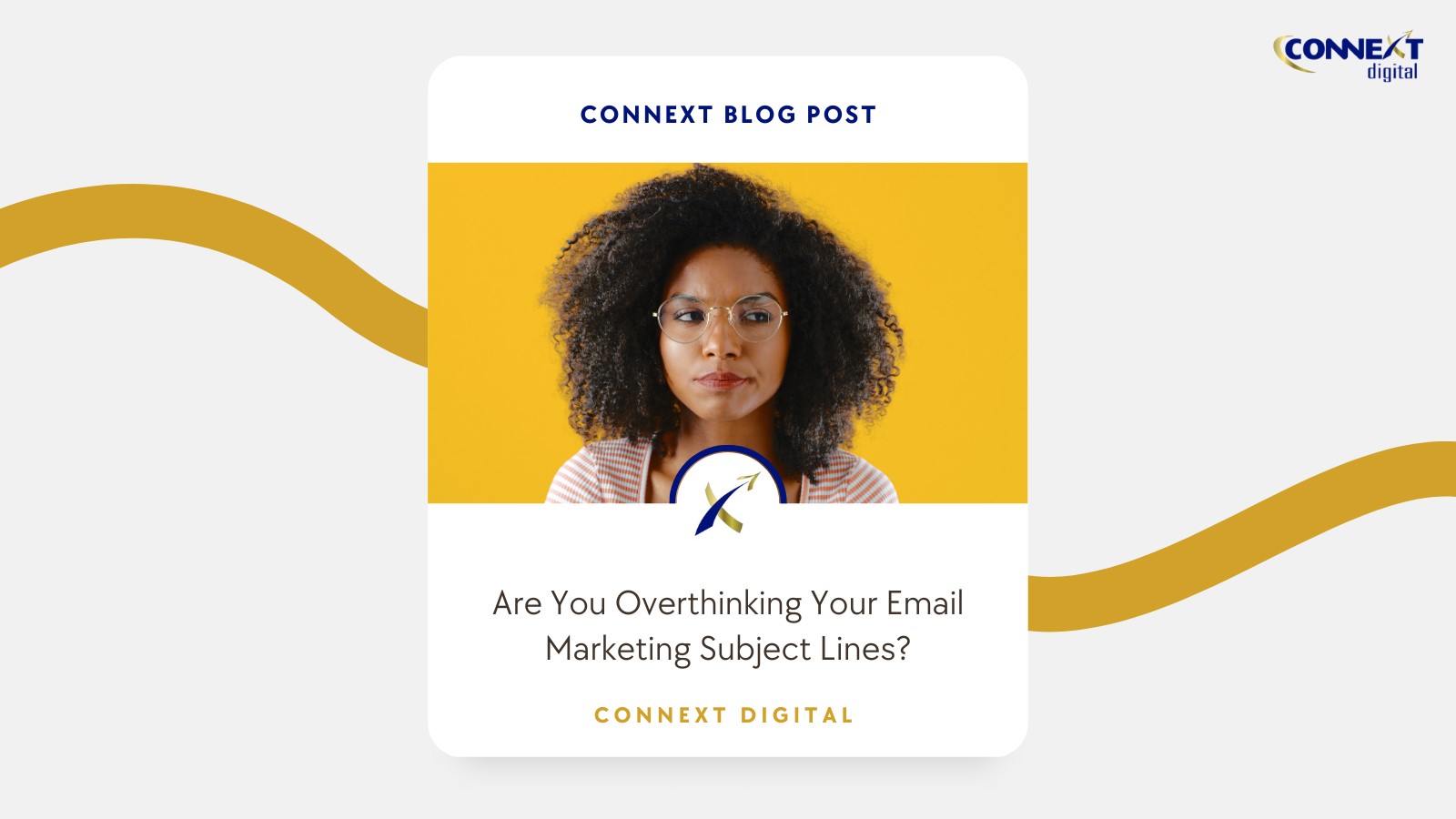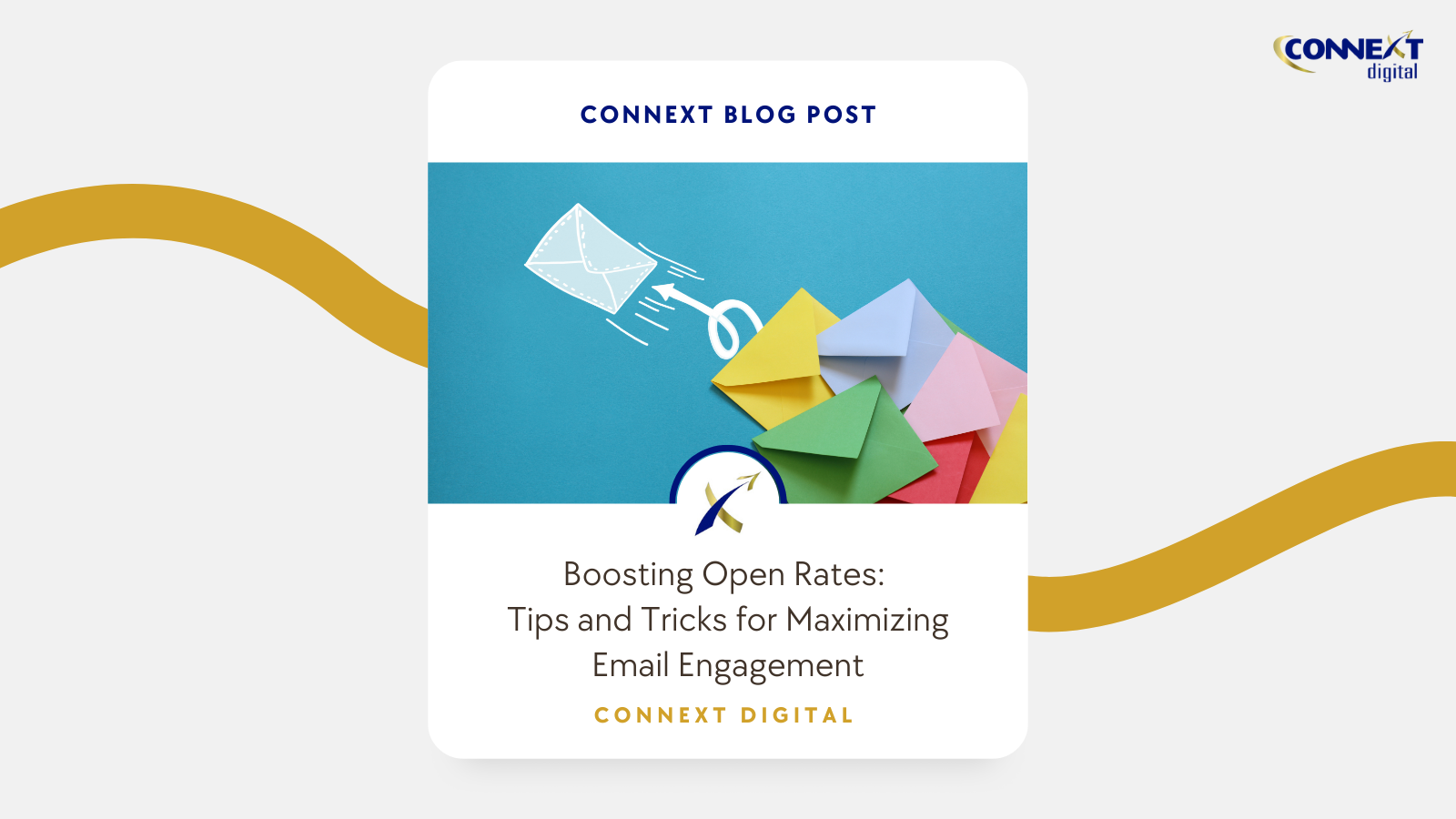
How Does Audience Data Help You Make Smarter Marketing Decisions
Data has become the bread and butter of marketing. From executing better content marketing material to coming up with improved ad campaigns, marketers are now guided by analytics to refine their next move. Strategies and processes that used to come from trial and error are now backed by figures, allowing companies to achieve their business goals at a faster rate.
Digital marketing and technology have drastically transformed the way businesses run, highlighting the need to focus on customers and what they want. The first step in ensuring that you’re making sound marketing decisions is to collect the right type of data. Don’t be fooled—it’s not as simple as it sounds.
Factors to Consider When Gathering Audience Data
- Demographics – Learning about their age range, interests, and geographical location, among others, will help you paint a clearer picture of your audience’s background and purchasing power. This will also help you connect to them at a more personal level.
- Data Collection Tools – You should think of the most effective method in collecting your data, whether it’s through surveys, sign up forms, feedback forms, or in-person interviews. Each has its own advantages, so gauge what fits your needs best.
- Behavior – What are your audience’s motivations behind purchasing a product? What are their thoughts about your brand? Creating data-driven buyer personas will help complete their profile and help you better understand their purchasing behavior.
- Channels – Which channels do they use the most? Do they frequently visit social media, browse their emails often, or visit different websites on their laptops? It’s critical to know the places they hang around online, so you know where to reach them with your messaging.
- Accuracy – How sure are you that you are receiving accurate information from your tools and channels? Invest in an effective CRM that will help you track all vital customer information in one database.
How Do You Use the Data to Make Better Decisions?
Now that you have the right data, the next step is to know how to use it to your advantage. Here are some of the ways you can use audience data to make better marketing decisions.
-
Personalize their customer experience
Generic marketing messages just don’t appeal to customers anymore. If the email blast or offer they receive from you seems irrelevant to them, chances are, they’ll unsubscribe or opt-out. 79% of customers reportedly won’t consider an offer unless the brand tailors it to their previous interactions. Instead, you should consider using database marketing strategies to your advantage.
Having the right audience data will give you a holistic view of your market. You’ll be able to see potential triggers and pain points and address them head-on, whether it’s through your ad copy or blog posts. The more they feel understood by you, the more they’ll stay loyal to your brand.
-
Acquire new customers
Growing your customer database is a significant goal for any company. Not only does this help you reach your ROI and sales goals, but it also naturally boosts your company growth. The more customers you have, the more you will be motivated to grow your business operations to serve more people with your product or service.
Since you now have a general overview of what kind of audience your offer attracts, you can use this information to generate new leads. For instance, you can fine-tune your promotions or ad campaigns to reach a particular demographic and location, or those with specific interests related to your brand.
-
Learn about your customers’ sentiments
Data can also be in the form of feedback, reviews, and testimonials. You shouldn’t stop collecting data from your customers after they’ve transacted with you once! Instead, you should aim to deepen your relationship and get to know them more.
Are your customers satisfied with your products and services? What about your customer service or after-sales assistance? Getting audience data can help you decipher if your users are happy with you or not, and dive deep into the specific reasons why.
-
Find out the best place to promote
Configuring ads through guesswork can negatively affect your ad spend. Luckily, audience data can help shape your campaign into something more specific so you can reach the right people.
Besides your target market’s thoughts and preferences, you can use audience data from sources like social media analytics tools to find where you can engage with them most effectively. This will help marketers decide the best channels for their campaigns. Not only that, you’ll be able to position your message at the right place and right time.
Data is the Currency of Digital Marketing
In this era, it’s impossible to move forward with your business without collecting, tracking, and analyzing data. The most effective marketing campaigns understand their audiences and know how to elicit a response from them. Use audience data to your advantage so you can create better ads, increase sales, and grow your business.
Click here to learn more about Connext Digital’s audience development and profiling solutions!





